Home>Articles>What Is The Difference Between Living Room And Family Room
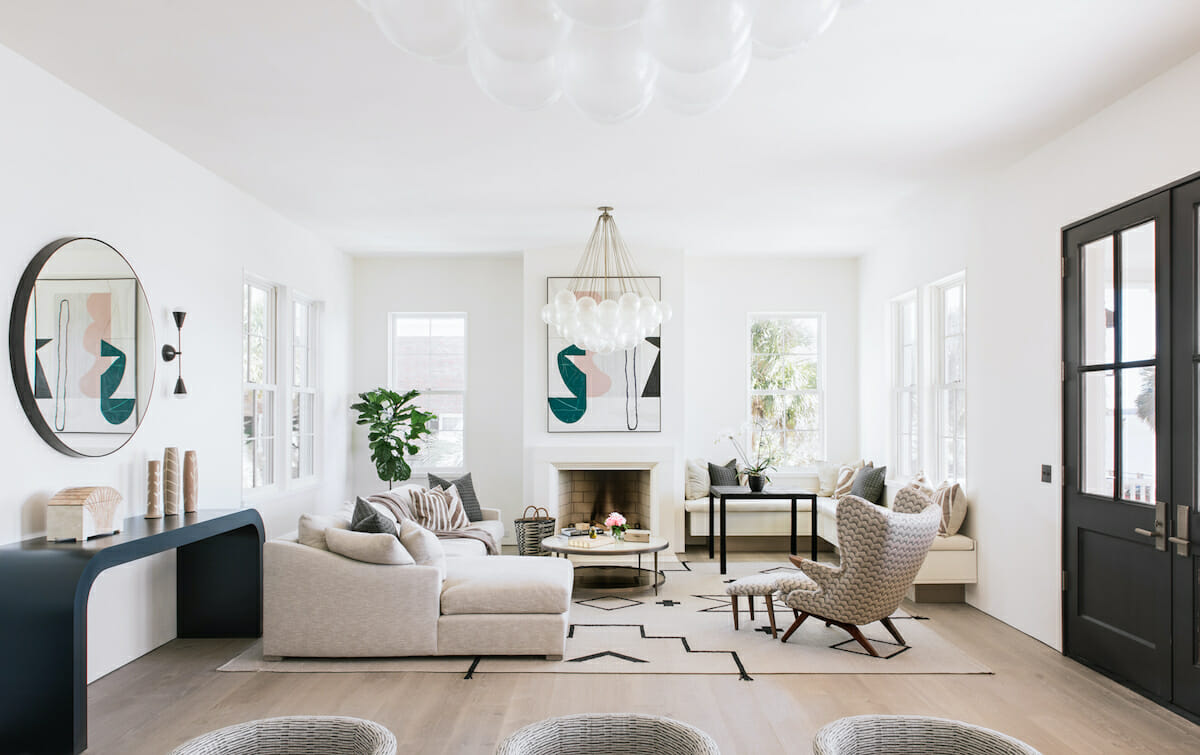

Articles
What Is The Difference Between Living Room And Family Room
Modified: January 20, 2024
Discover the key distinctions between living rooms and family rooms in our informative articles. Understand how to optimize your space for maximum comfort and functionality.
(Many of the links in this article redirect to a specific reviewed product. Your purchase of these products through affiliate links helps to generate commission for Storables.com, at no extra cost. Learn more)
Introduction
The living room and family room are two commonly used spaces in a home, but what exactly is the difference between them? Many people use these terms interchangeably, but there are actually some distinct characteristics that set them apart. Understanding the variances between a living room and a family room can help homeowners make informed decisions about how to best utilize these spaces.
Both the living room and family room serve as areas for relaxation, socializing, and spending time with family and friends. However, there are some key differences in terms of their purpose, design, and functionality.
In this article, we will explore the definitions of a living room and a family room, delve into their respective purposes and functions, examine the design and layout differences, discuss the variations in furniture and decor, and highlight the activities typically done in each space. By the end, you’ll have a clearer understanding of the distinctions between a living room and a family room.
Key Takeaways:
- The living room is a formal, elegant space for entertaining guests and showcasing personal style, while the family room is a cozy, casual area dedicated to family bonding and relaxation.
- Understanding the distinct purposes and functions of the living room and family room allows homeowners to create inviting and functional spaces that cater to both guests and family members.
Definition of Living Room
A living room is typically the main gathering space of a home, where family members and guests come together for various activities. It is often located near the entrance of the house and is designed to make a strong impression on visitors.
The living room is usually larger and more formal than other common areas in the home. It serves as a space for entertaining guests, hosting parties, and engaging in more formal conversations. It is often decorated and designed to showcase the homeowner’s personal style and preferences.
In terms of layout, a living room is typically positioned in a central location within a home, as it is meant to be easily accessible to all members of the household. It may have large windows to allow ample natural light into the space and provide a pleasant view of the surroundings.
The primary purpose of a living room is to create a comfortable and inviting environment for socializing, relaxation, and entertainment. It is a space where families can come together to watch movies, play board games, have lively conversations, or simply unwind after a long day.
Typically, the furniture in a living room includes a comfortable sofa or couch, chairs, coffee table, and perhaps a television or entertainment center. The decor often consists of artwork, decorative accessories, and lighting fixtures that add to the ambiance of the room.
The design of a living room can vary greatly depending on individual preferences and the overall style of the home. It can range from traditional and formal to modern and minimalistic, reflecting the homeowner’s taste and lifestyle.
In summary, a living room is a well-appointed and stylish space in a home that serves as the central gathering area for socializing, relaxing, and entertaining guests.
Definition of Family Room
A family room is a more informal space within a home that is primarily designed for the relaxation and enjoyment of the household members. It is often located in a more private area of the house, away from the main entrance.
The family room is typically smaller than a living room and is intended to provide a cozy and comfortable atmosphere. It is a space that is specifically designed for the family to spend quality time together, engaging in activities like watching movies, playing games, or simply lounging around.
Unlike the living room, the family room may have a more casual and relaxed vibe. It is often furnished with comfortable sofas, recliners, and other cozy seating options. The focus is on creating an inviting and comfortable environment where family members can unwind and spend leisure time together.
In terms of layout, the family room is usually located near the kitchen or dining area, making it convenient for family members to move between these spaces. It may also have easy access to outdoor areas like a patio or backyard, allowing for indoor-outdoor connectivity.
When it comes to decor, the family room often reflects the personal interests and hobbies of the family members. It might feature shelves filled with books, a collection of board games, or framed photographs of cherished memories. The emphasis is on creating a space that feels personal and reflects the unique identity of the family.
Unlike the living room, the family room is less formal and may have a more durable and practical design. This is because it is often a high-traffic area where children, pets, and everyday activities take place. Furniture and decor choices tend to be more family-friendly and functional.
The family room is a versatile space that allows for a wide range of activities and can adapt to the changing needs of the family. From watching movies and hosting game nights to simply spending quality time together, it is a place where the family can bond and create lasting memories.
In summary, a family room is a cozy and casual space within a home that is dedicated to providing a comfortable and enjoyable environment for the family to relax, engage in activities, and spend quality time together.
Purpose and Function of Living Room
The living room serves multiple purposes and functions within a home. It is a versatile space that is designed to accommodate various activities and meet the needs of both homeowners and guests.
One of the primary purposes of a living room is to serve as a welcoming and impressive space for entertaining guests. It is often the first room that visitors see when they enter a home, and it sets the tone for the rest of the house. The living room is a place where guests can feel comfortable and socialize with the homeowners.
In addition to entertaining guests, the living room is also a space for the family to gather and spend quality time together. It serves as a hub for activities such as watching television, playing games, having conversations, or simply relaxing after a long day.
The living room is often used as a formal area for special occasions or events. Whether it’s hosting a cocktail party, celebrating holidays, or having formal dinners, the living room provides a refined and elegant setting for these gatherings.
Another function of the living room is to showcase the homeowner’s personal style and taste. It is a space where homeowners can express their creativity through the choice of furniture, decor, and artwork. The living room can be a reflection of the homeowner’s personality and a place to display treasured items.
Furthermore, the living room is often designed to be a comfortable and inviting space for relaxation. It is a place where individuals can unwind, read a book, listen to music, or simply enjoy some quiet time alone.
Overall, the purpose and function of a living room revolve around creating a welcoming and versatile space for entertaining guests, spending time with family, showcasing personal style, and providing a comfortable environment for relaxation.
Purpose and Function of Family Room
The family room serves as a central gathering space within a home, specifically designed to cater to the needs and activities of the household members. It has a distinct purpose and function that sets it apart from other rooms in the house.
One of the primary purposes of a family room is to provide a relaxed and comfortable environment for the family to spend quality time together. It is a space where family members can engage in activities like watching movies, playing games, or simply having conversations without the formalities of a living room.
The family room is often considered a more casual and laid-back space compared to the living room. It is a place where family members can fully unwind and enjoy leisure activities. It serves as a haven for relaxation and bonding within the household.
In addition to serving as a space for family activities, the family room also plays a role in fostering a sense of togetherness and unity. It provides a dedicated area where family members can come together after a long day and connect with one another. This strengthens familial relationships and creates a supportive and nurturing environment.
Another function of a family room is to accommodate the various interests and hobbies of the family members. It can be a space where children can play, read books, or engage in creative activities. It can also serve as a home theater or a music room for those who enjoy entertainment and music.
The family room is often designed with practicality in mind. It is a space where spills, roughhousing, and everyday activities are expected, so the furniture and decor choices often prioritize durability and easy maintenance.
Furthermore, the family room can serve as an extension of the kitchen and dining area, providing a comfortable space for family members to gather while meals are being prepared or consumed. It allows for seamless interaction and creates a sense of continuity between these areas.
In summary, the purpose and function of a family room revolve around providing a relaxed and comfortable environment for family members to spend quality time together, fostering togetherness and unity, accommodating individual interests and hobbies, and serving as an extension of the kitchen and dining area.
The main difference between a living room and a family room is their intended use. A living room is typically more formal and used for entertaining guests, while a family room is more casual and used for everyday activities and relaxation.
Design and Layout Differences between Living Room and Family Room
While the living room and family room both serve as common spaces in a home, they often have distinct design and layout differences that cater to their specific purposes and functions.
One of the main differences in design and layout between a living room and a family room is the level of formality. The living room is typically designed to make a strong impression on guests, with a more formal and elegant aesthetic. It may feature sophisticated furniture, high-end decor, and artwork that adds a touch of luxury to the space. In contrast, the family room tends to have a more casual and relaxed design, with a focus on comfort and practicality. It often features cozy seating options, durable materials, and a laid-back ambiance that is conducive to relaxation.
The size and location of the living room and family room can also vary. Typically, the living room is larger and positioned in a more prominent area of the house, such as near the entrance or adjacent to the dining room. This allows it to be easily accessible and suitable for hosting formal gatherings and entertaining guests. On the other hand, the family room is often smaller and tucked away in a more private part of the home. It is often located near the kitchen or bedrooms, creating a cozy and intimate space for the family to spend quality time together.
Lighting is another key aspect where design and layout differences can be observed. Living rooms tend to have abundant natural light, with large windows that allow for a bright and airy atmosphere. This is to create a welcoming and visually appealing space for guests. In contrast, family rooms may prioritize more controlled lighting options, such as dimmable fixtures or adjustable window coverings, to create a cozy and comfortable ambiance for various activities.
Furthermore, the layout of the living room and family room can differ in terms of furniture arrangement. In the living room, the furniture is often arranged in a more formal and symmetrical manner. A focal point, such as a fireplace or a prominent piece of artwork, is commonly incorporated into the design. In contrast, the family room may have a more relaxed and versatile furniture arrangement, allowing for flexibility and adaptability to different activities. It may include sectional sofas, bean bags, or floor pillows that promote a casual and inviting atmosphere.
In summary, the design and layout differences between a living room and a family room are influenced by the desired level of formality, the size and location of the room, the lighting choices, and the furniture arrangement. These differences aim to create distinct atmospheres and cater to the specific needs and functions of each space.
Furniture and Decor Variations in Living Room and Family Room
The furniture and decor choices in the living room and family room can vary significantly due to the distinct purposes and functions of these spaces. Understanding the differences can help homeowners curate the right atmosphere and aesthetic in each area of their home.
In the living room, the furniture often prioritizes comfort, elegance, and functionality. A staple piece of furniture in the living room is a comfortable sofa or couch that can accommodate multiple people. Alongside the sofa, there may be armchairs or accent chairs to provide additional seating options. Coffee tables or side tables are commonly found in the center of the seating area, serving as a surface for drinks, books, or decorative items.
When it comes to the decor of the living room, homeowners often opt for more formal and sophisticated elements. Artwork, such as paintings or sculptures, can be displayed on the walls to add a touch of elegance and personality. Stylish rugs and curtains enhance the overall aesthetic of the space. Lighting fixtures, such as chandeliers or floor lamps, provide both function and ambiance, creating a warm and inviting atmosphere.
On the other hand, the family room tends to have a more relaxed and casual furniture selection. Comfortable seating choices, such as sectional sofas, recliners, or oversized bean bags, are commonly featured to encourage relaxation and coziness. The family room is a space where family members can kick back, put their feet up, and truly unwind.
As for the decor in the family room, it often reflects the personal interests and preferences of the household members. Walls can be adorned with family photos, artwork created by the children, or framed posters of favorite movies or sports teams. The focus is on creating a space that feels personal and showcases the unique identity of the family.
Storage solutions are also a key consideration in the family room. Since it serves as a space for various activities, it may feature bookshelves to house favorite books, board games, or a media center to store electronic devices and entertainment systems.
In terms of color palette and materials, the living room may lean towards more neutral tones and luxurious materials like leather or velvet upholstery. In contrast, the family room often embraces more vibrant colors and durable fabrics that can withstand everyday wear and tear.
In summary, the furniture and decor variations in the living room and family room reflect their distinct purposes. The living room tends to have more formal, elegant furniture and decor choices, while the family room prioritizes comfort, personalization, and casual elements. By considering these differences, homeowners can create spaces that cater to both entertaining guests and fostering relaxation and togetherness within the family.
Activities Typically Done in a Living Room
The living room is a versatile space that accommodates a wide range of activities for both homeowners and guests. It serves as a central hub for socializing, relaxation, and entertainment. Here are some activities commonly done in a living room:
- Entertaining Guests: The living room is often used to host guests and entertain them. Whether it’s a formal dinner party or a casual get-together, the living room provides a comfortable and inviting space for socializing and conversation.
- Watching Television or Movies: Many families gather in the living room to watch their favorite TV shows or enjoy movie nights. The living room is often equipped with a television, surround sound system, and cozy seating to enhance the viewing experience.
- Conversation and Relaxation: The living room serves as a place for family members and friends to engage in meaningful conversations. It provides a cozy and comfortable environment for relaxation and bonding.
- Reading and Quiet Time: The living room can be a quiet retreat for individuals to enjoy some alone time. It is a perfect space to curl up with a good book, indulge in hobbies like knitting or painting, or simply unwind and recharge.
- Playing Games: Many families use the living room as a space for playing board games, card games, or video games. It offers a suitable area for friendly competition and family fun.
- Listening to Music or Practicing Instruments: Some people use the living room as a space to listen to music, play musical instruments, or even practice singing. The acoustics and ambience of the living room can enhance the musical experience.
- Enjoying a Fireplace: If the living room has a fireplace, it can serve as a cozy spot during colder months. People can gather around the fireplace, read a book, or simply enjoy the warmth and ambiance it provides.
- Hosting Special Occasions: The living room often becomes the focal point for hosting special occasions such as birthdays, holidays, or anniversaries. It provides an elegant and inviting space for celebrating and making lasting memories.
- Showcasing Art and Decor: The living room is typically designed to showcase artwork, decorative pieces, and personal collections. It is a space where homeowners can display their individual style and interests.
In summary, the living room is a versatile area where people engage in a variety of activities, ranging from entertaining guests and watching television to reading, playing games, and hosting special occasions. It serves as a space for relaxation, socializing, and personal expression within the home.
Activities Typically Done in a Family Room
The family room is a space designed specifically for the enjoyment and bonding of the household members. It offers a relaxed and cozy atmosphere where family members can partake in various activities together. Here are some activities typically done in a family room:
- Movie Nights: The family room is often the go-to spot for movie nights. Families gather to watch their favorite films or binge-watch TV shows together. The comfortable seating options and a big screen TV create the perfect setup for a cinematic experience.
- Playing Games: The family room is a popular place for playing board games, card games, or video games. It provides a cozy and casual environment for friendly competition and family bonding.
- Reading and Quiet Time: The family room can be a quiet haven for family members to escape with a good book. It offers a peaceful space for reading, studying, or pursuing individual interests.
- Crafts and Hobbies: Many families use the family room as a space for crafts and hobbies. It may be a place for children to engage in art projects, for adults to work on DIY projects, or for everyone to explore their creative side.
- Relaxing and Lounging: The family room is where family members can lounge on comfortable sofas, recliners, or bean bags, allowing them to unwind and relax. It’s a place to kick back, watch TV, or simply enjoy each other’s company.
- Musical Performances: If there are aspiring musicians in the family, the family room can serve as a stage for impromptu musical performances. It allows for the sharing of talents, encouragement, and appreciation of each other’s skills.
- Conversation and Connection: The family room is a space that encourages conversation and connection. It provides an intimate setting where family members can have meaningful discussions, share stories, or simply catch up on each other’s lives.
- Indoor Exercise: Some families utilize the family room for indoor exercise routines. It can be a space for yoga, stretching, or even setting up small exercise equipment for quick workouts and staying active.
- Family Dinners or Snacks: The family room can be used as an informal dining area for enjoying meals or snacks together. It creates a relaxed and comfortable space for family members to gather and share their daily experiences.
- Bonding Time with Pets: The family room is often the place where family pets are allowed to join in on the fun. It provides a pet-friendly environment where family members can bond with their furry friends through play, cuddles, or training sessions.
In summary, the family room is a versatile space that caters to a range of activities aimed at fostering family connection and enjoyment. It serves as a place for movie nights, game sessions, relaxation, hobbies, conversations, and shared experiences, creating cherished memories within the household.
Read more: How To Display Family Photos In Living Room
Conclusion
In summary, the living room and family room are two distinct spaces within a home, each with its own purpose and functionality. The living room traditionally serves as a more formal and elegant space, designed to impress guests and host gatherings. On the other hand, the family room is a casual and cozy area dedicated to family bonding and relaxation.
While the living room is often larger and positioned in a prominent location, the family room is typically smaller and located in a more private area of the house. The furniture and decor in the living room reflect a formal and sophisticated style, while the family room emphasizes comfort, personalization, and durability.
The activities in the living room involve entertaining guests, watching television or movies, engaging in conversations, and showcasing artwork and decor. The family room, on the other hand, is a space for family activities, such as movie nights, board games, reading, and relaxing together.
Understanding the differences between the living room and family room allows homeowners to utilize these spaces effectively, catering to the needs of both guests and family members. By carefully considering the design, furniture, and decor choices, they can create inviting and functional areas that reflect their unique lifestyle and foster a sense of togetherness within the home.
Ultimately, whether it’s hosting formal gatherings or enjoying casual family time, both the living room and family room serve as essential spaces that contribute to the overall comfort and enjoyment of a home.
Frequently Asked Questions about What Is The Difference Between Living Room And Family Room
Was this page helpful?
At Storables.com, we guarantee accurate and reliable information. Our content, validated by Expert Board Contributors, is crafted following stringent Editorial Policies. We're committed to providing you with well-researched, expert-backed insights for all your informational needs.





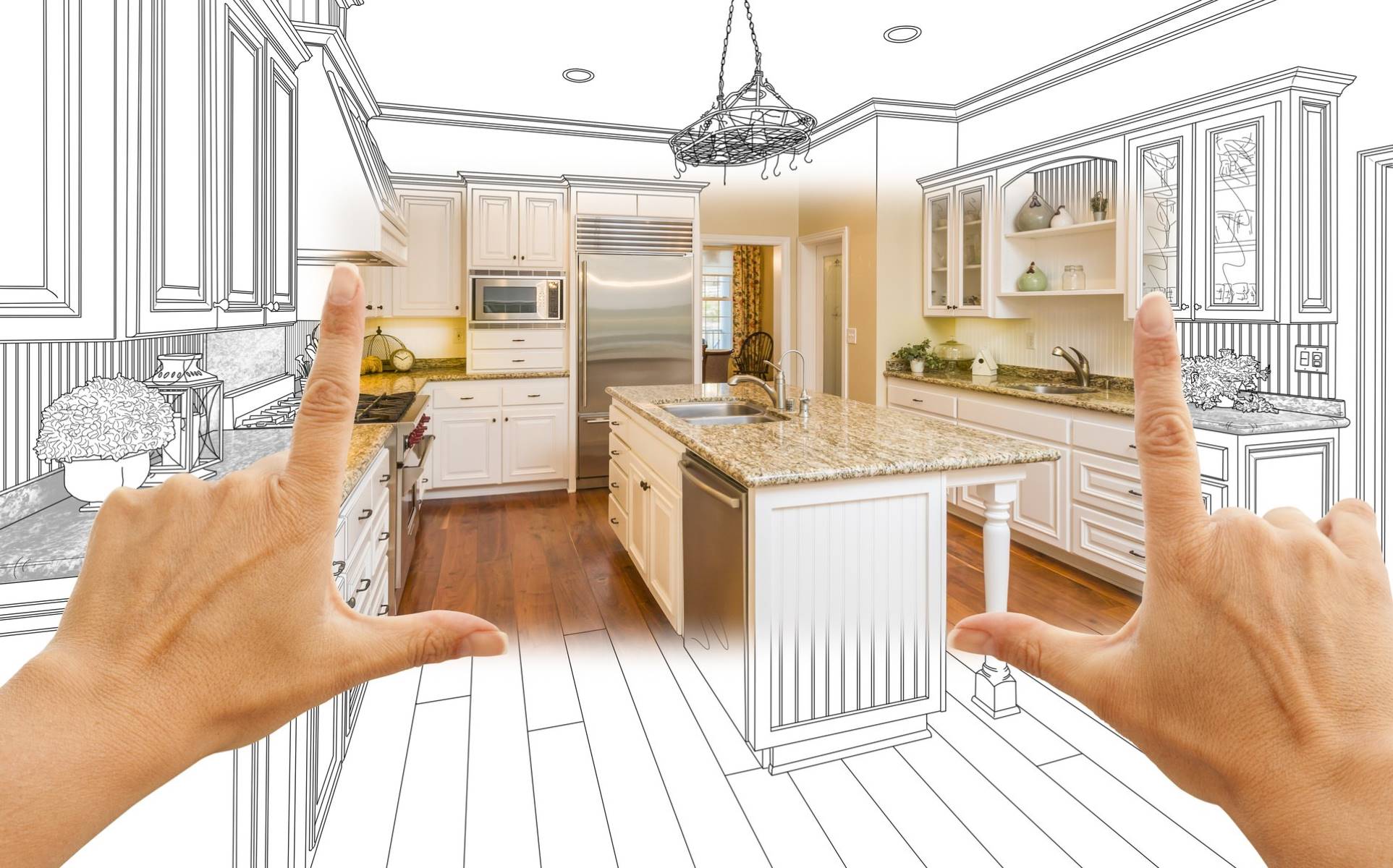

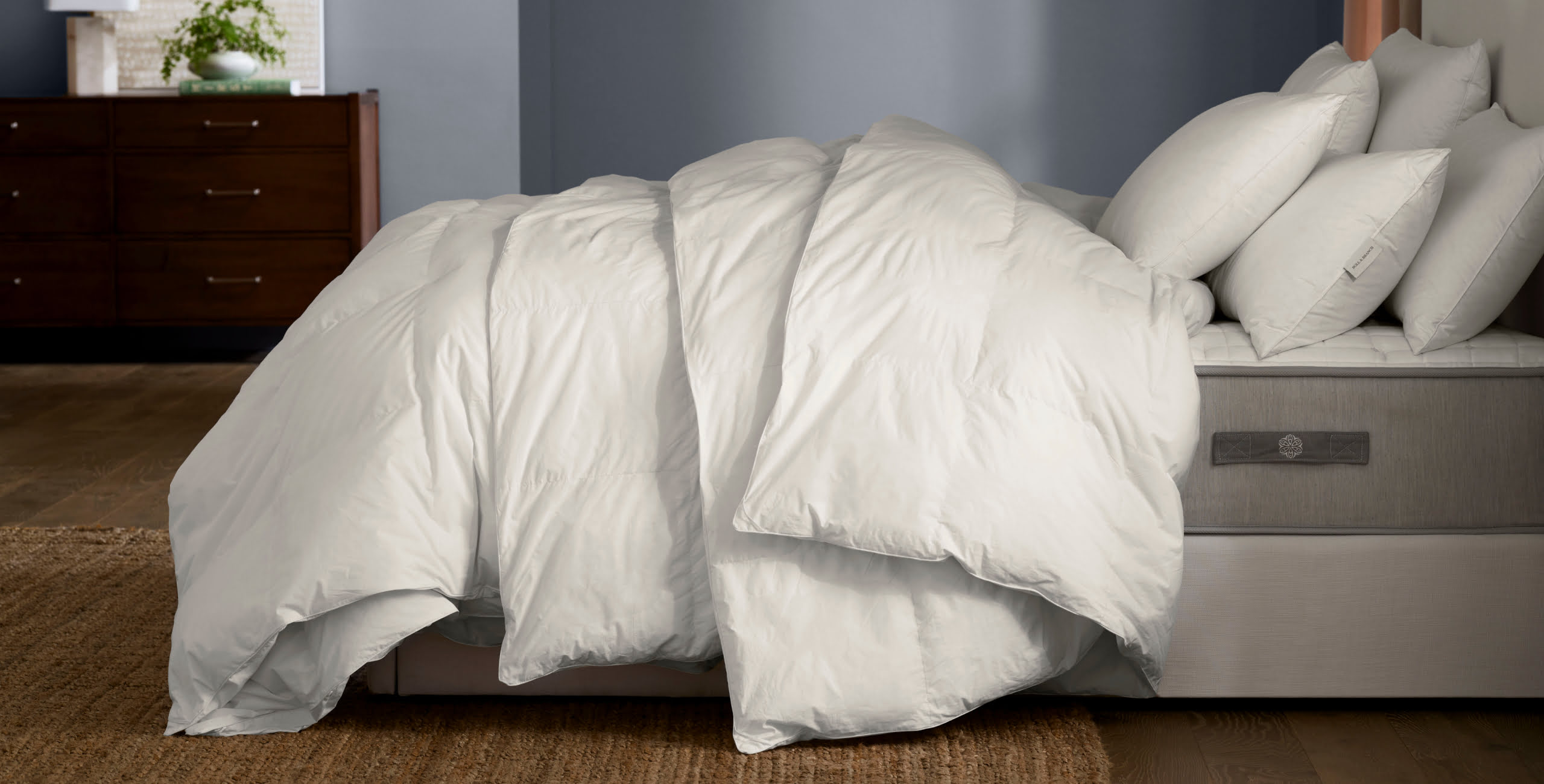
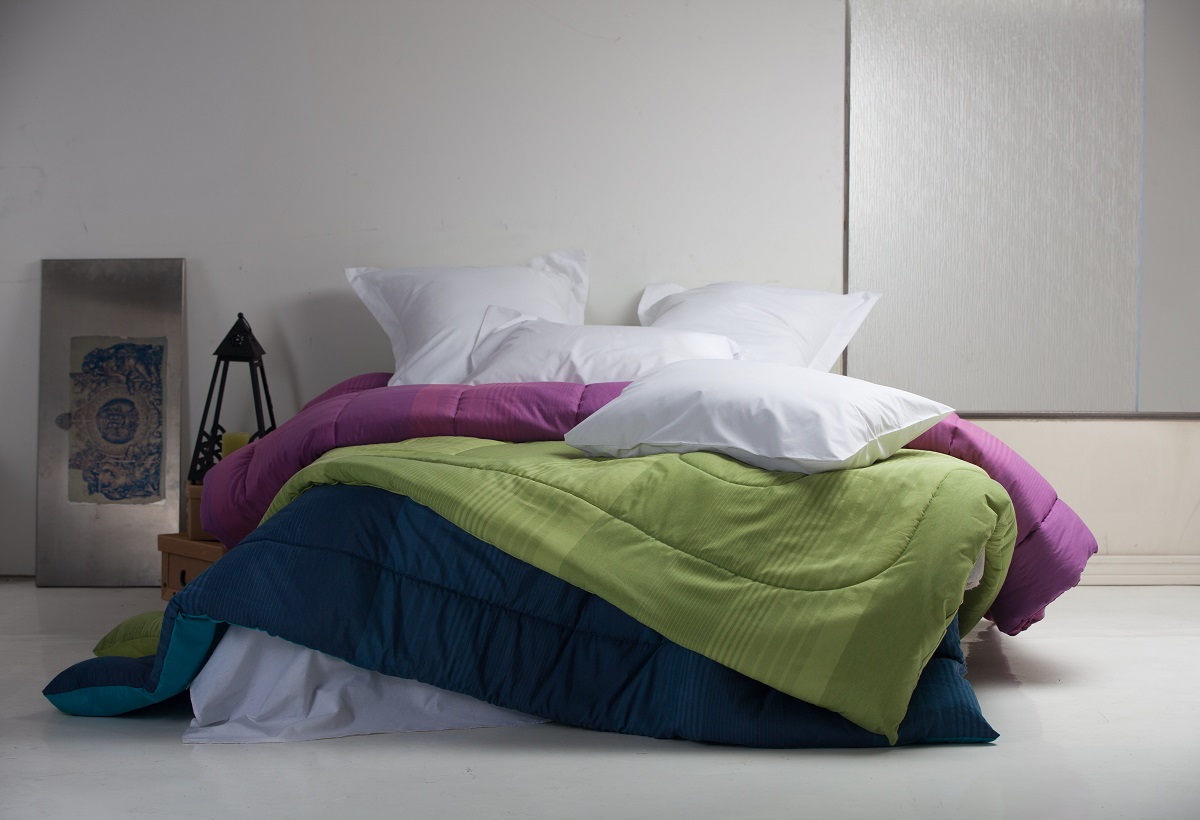
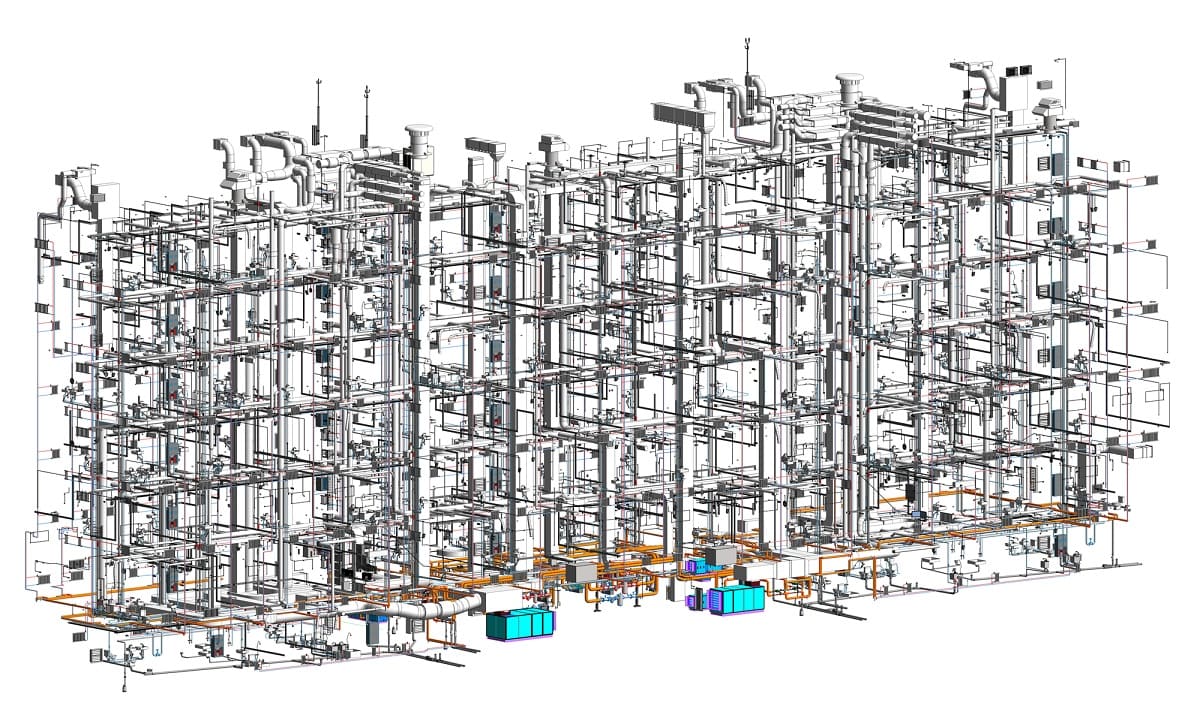

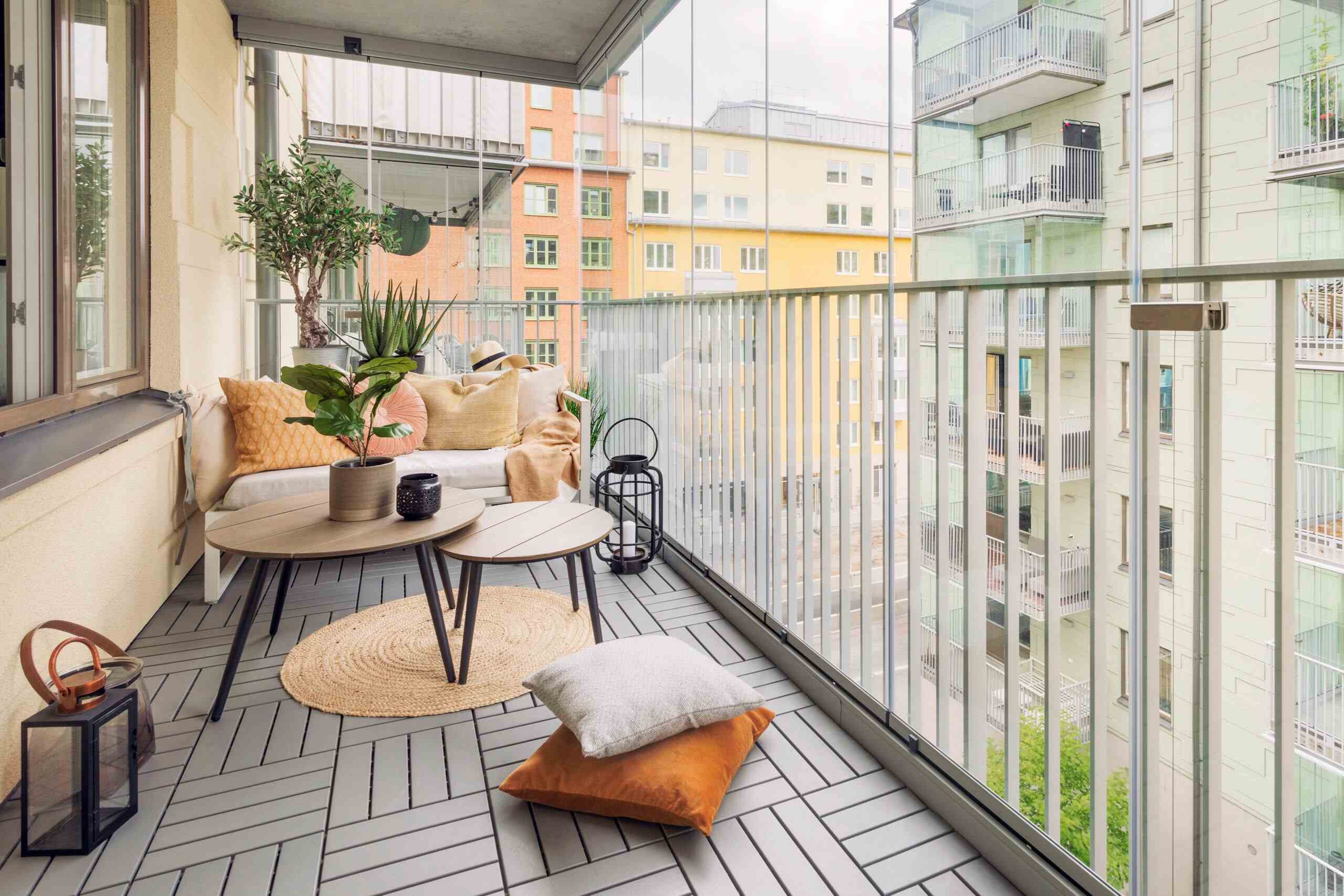
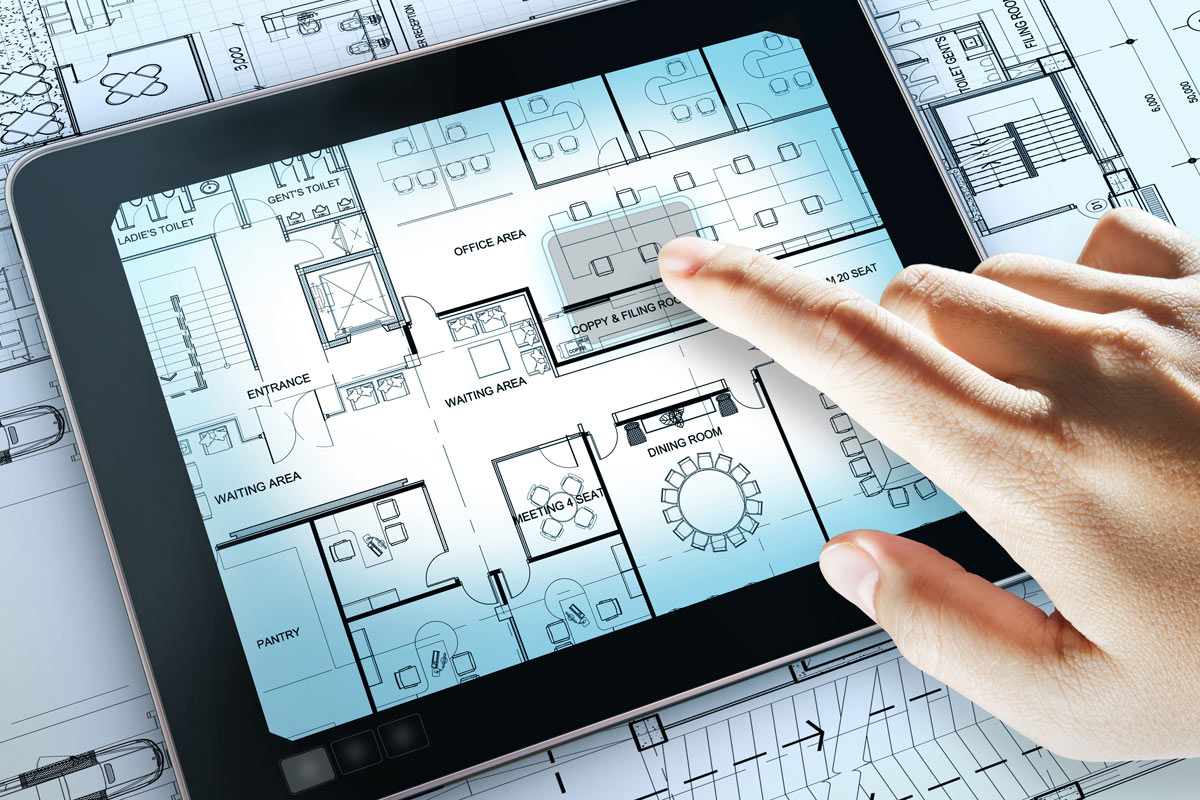

0 thoughts on “What Is The Difference Between Living Room And Family Room”